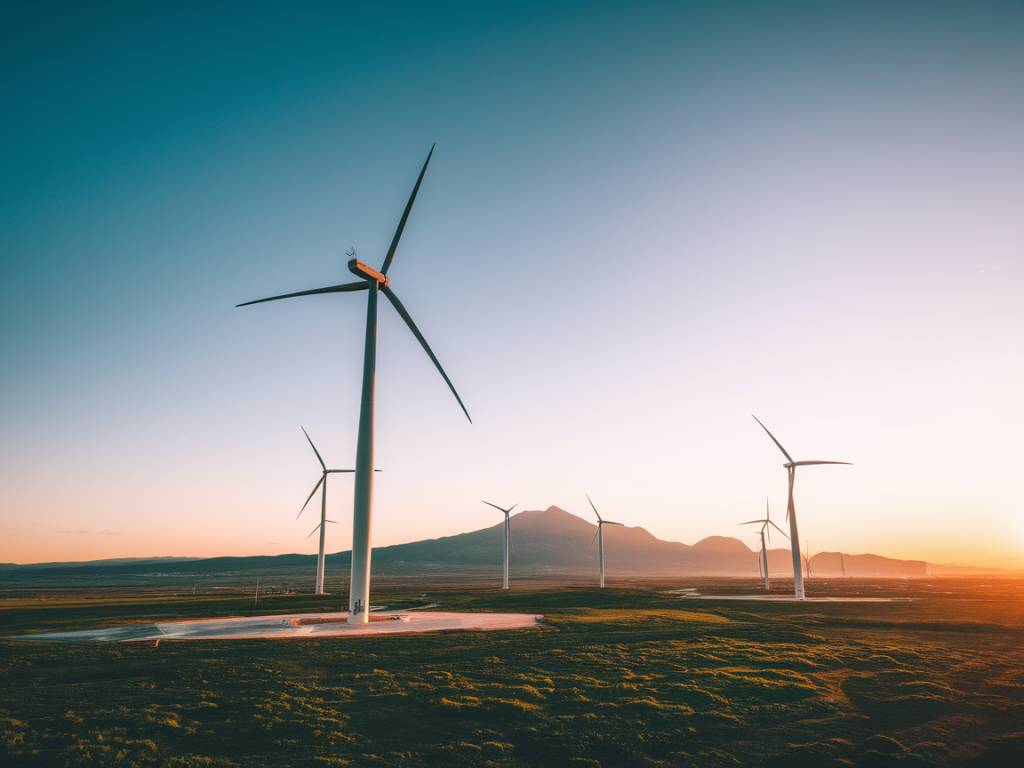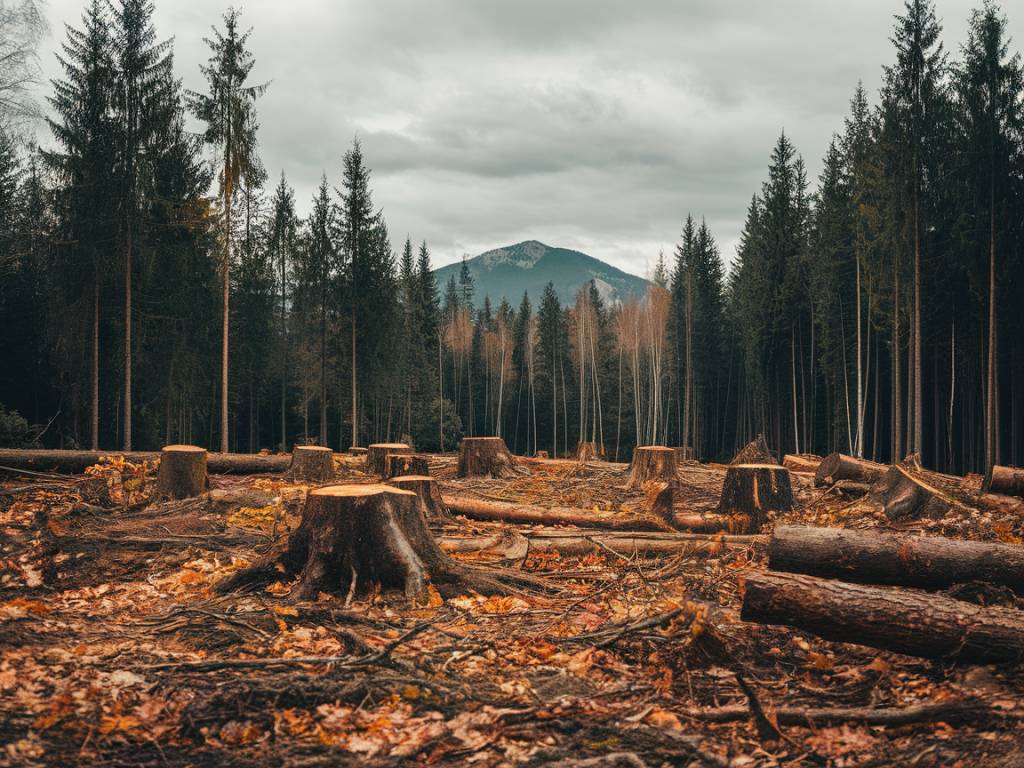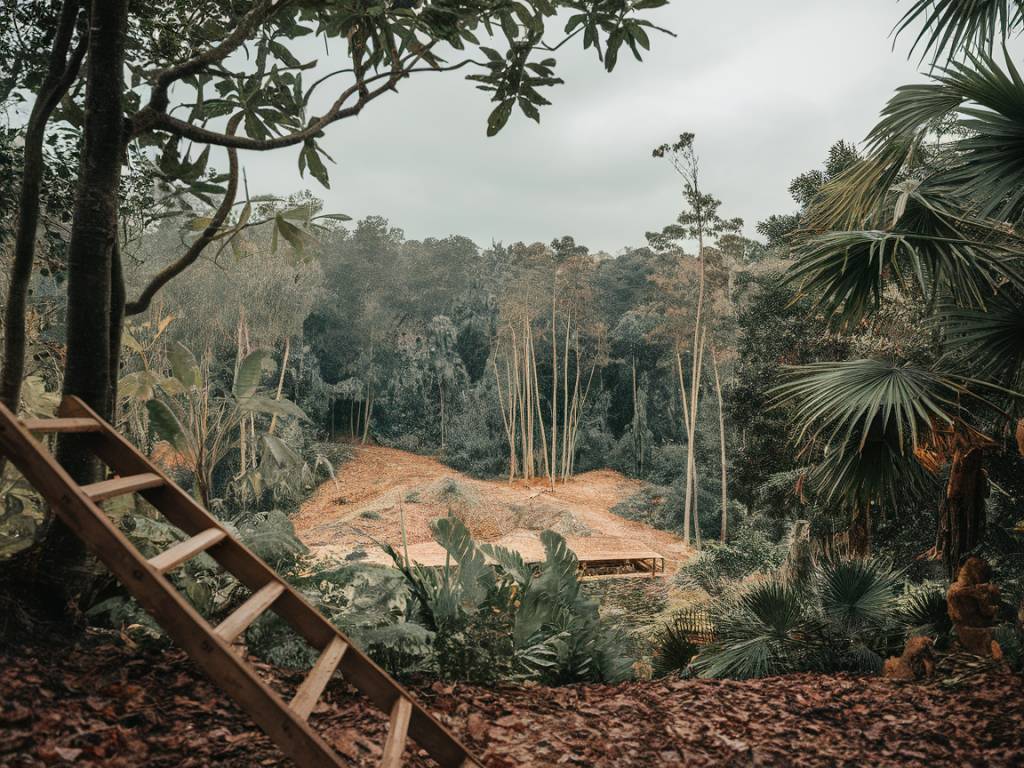In the ever-evolving dance between human innovation and the natural world, renewable energy solutions have taken center stage. As we prioritize sustainable development and aim to mitigate climate change, the impact of these green technologies on ecosystems becomes a vital focus. Renewable energy sources promise cleaner power, but how do they interact with the ecological webs they inhabit?
The Winds of Change: How Wind Farms Are Altering Landscapes
Standing majestically on hilltops and open fields, wind turbines have become emblematic of green energy. But are these towering giants mere gentle friends of the environment, or do they carry hidden repercussions? Consider the case of the Altamont Pass in California, where research has highlighted that wind farms can affect local wildlife, particularly birds of prey. It’s a reminder that even as we strive for a sustainable future, we must address the unintended ecological impacts.
Recent studies have encouraged the development of bird-safe technology and better siting protocols to mitigate these issues. Technological advancements aim to reduce the risk to avian populations without halting the push for renewable energy.
Solar Power and Desert Habitats: A Shining Example?
Solar farms, often spread across vast swathes of land, offer another renewable alternative. But how do these photovoltaic panels interact with local ecosystems? In places like the Mojave Desert, solar installations have raised concerns over habitat disruption. The barren beauty of desert ecosystems, home to unique flora and fauna, can be sensitive to changes in land use.
One innovative solution is agrivoltaics, where solar panels coexist with agricultural production and vegetation. By cleverly integrating these systems, we can reduce habitat disruption and even enhance biodiversity outcomes. It’s a perfect example of human creativity aligning with ecological needs.
Hydroelectric Power: Balancing Water Resources and Ecosystem Health
Hydroelectric power has long been heralded as a clean energy staple. Still, the environmental narrative isn’t as serene as the waters it harnesses. Dams can alter river ecosystems, impacting fish populations and water quality. The storied salmon runs of the Pacific Northwest serve as a poignant example, where migrating fish face barriers that threaten their life cycles.
Strategies such as fish ladders and dam removals are part of a growing effort to restore riverine habitats while maintaining energy production. It’s about finding harmony and respecting the delicate balance that water ecosystems depend on.
Biomass and Its Role in Energy and Ecology
Biomass energy utilizes organic materials, including wood, crops, and waste, making it a versatile renewable option. However, the ecological trade-offs are apparent, particularly in forest ecosystems where unsustainable logging can lead to habitat loss. The challenge lies in securing a source of biomass that doesn’t undermine the very biodiversity we seek to protect.
Efforts are being made to promote responsible sourcing, with a focus on sustainable forestry and the use of agricultural residues. By ensuring that biomass production complements, rather than compromises, ecosystem health, we can pave the way for a more sustainable energy future.
Offshore Wind: A Sea of Possibilities—and Concerns
Offshore wind farms present a promising step toward clean energy, taking advantage of strong, consistent winds over the ocean. Yet, as with any marine endeavor, they come with their share of concerns, particularly regarding their impact on marine life.
There’s ongoing research into how these installations affect sea creatures, from dolphins to small fish. Careful planning and strategic placement of these turbines can help mitigate adverse effects, demonstrating that with conscientious effort, marine ecosystems can thrive alongside wind energy.
Reflecting on Renewable Energy’s Place in Our Ecosystems
As we continue to harness the power of nature, the interplay between renewable energy and ecosystems requires our constant vigilance. Every action taken in the name of sustainable development must be balanced with the ecological realities of our planet.
While we celebrate the advances in renewable technology, it’s crucial to ask: How can we innovate without jeopardizing the natural world that inspires us? By embracing a holistic approach, acknowledging the complexities, and seeking innovative solutions, we can hope to harmonize humanity’s energy needs with the enduring health of global ecosystems.




